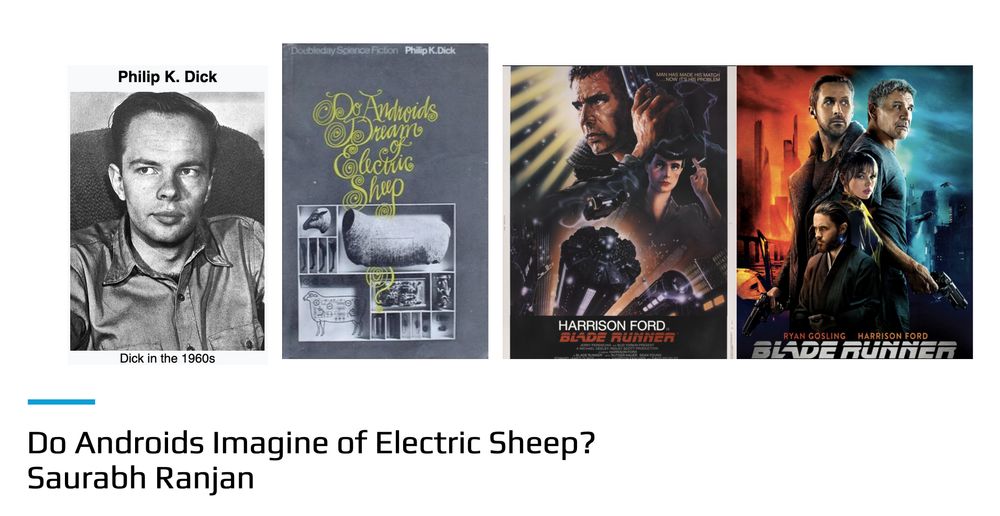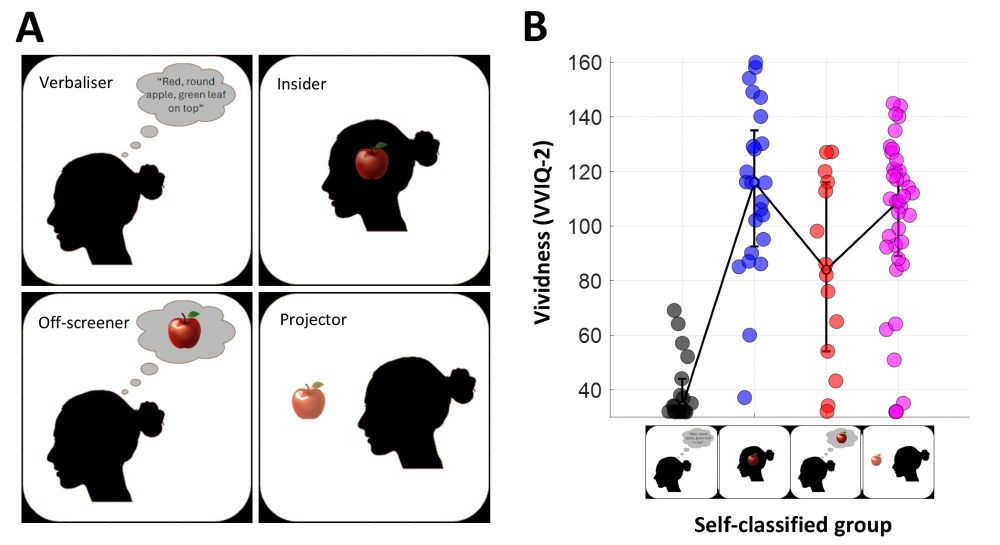Saurabh
@saurabhr.bsky.social
60 followers
240 following
12 posts
Ph.D. in Psychology | Currently on Job Market | Pursuing Consciousness, Reality Monitoring, World Models, Imagination with my life force. saurabhr.github.io
Posts
Media
Videos
Starter Packs
Reposted by Saurabh
Reposted by Saurabh
Reposted by Saurabh
Reposted by Saurabh
Reposted by Saurabh
Reposted by Saurabh
Reposted by Saurabh
















